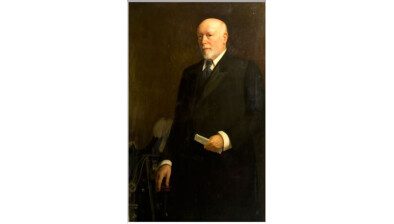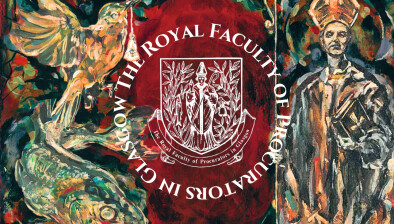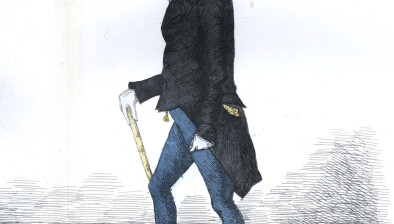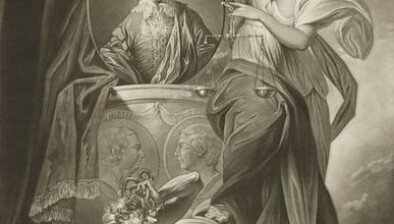Our Legal Heritage: Gathering highlights Lindsays’ remarkable Clan Cameron connection
A clan gathering has highlighted the remarkable relationship between one of Scotland’s most historic families and law firm Lindsays.
Lindsays supported heritage talks held as part of the Clan Cameron Gathering which attracted visitors from all over the world to their historic seat on the Achnacarry Estate, Spean Bridge, at the weekend.
It was an event which recognised the continued historic connection between the firm’s role in advising the family – thought to be one of the longest standing of its kind in Scotland.
Michael Yellowlees is a partner in the rural services department at Lindsays as well holding a doctorate in Scottish history. He is also a director of the Scottish Barony Register and an expert in clan-related matters and heraldry.
He has researched the connections between the lawyers and the landowner from the files of the Lochaber Archive Centre in Fort William, where the Achnacarry Estate papers for the period 1727–2006 are held, and other archives.
Dr Yellowlees found the earliest explicit mentions of Lindsays – or Lindsay Howe & Co. W.S. as the firm was then known – fee notes in the estate papers dating back to the reign of Queen Victoria and legal papers in the 1880s.
But there are indications of a relationship stretching even further.
Dr Yellowlees explained: “In estate papers there is a nineteenth century letter from Lindsay Howe & Co. acting for the Duke of Argyll relating to the conditions for Lochiel tenants on the Duke’s lands.
“A further clue can be found in the Highland Council Archives in the form of an 1861 report by Donald Lindsay, accountant in Edinburgh, on the accounts of the trustees of the late Donald Cameron of Lochiel covering the period from 1858 to 1860.
“Donald Lindsay was the brother of John Mackenzie Lindsay who in 1815, together with Frederick Fotheringham, founded the partnership that went on to become Lindsays LLP.”
References to Lindsay Howe & Co. become more common during the second half of the 19th century.
Travelling from as far as North America and New Zealand, visitors to the gathering took part in walks, talks and receptions at which they learned more about the history of the clan.
Donald Cameron of Lochiel, the 28th chief of the Clan Cameron, said: “Ours is one of the proudest and most romantic clans in Scotland. As chieftain, it’s a privilege to spend time with those who carry our name or who can trace their family history back to it.
“For Camerons – or those simply interested in Highland history – it was a fascinating gathering which brought our connections to some of the biggest dates in Scotland’s history to the fore. So many people were enthralled by it.”
From its origins in the middle ages, Clan Cameron consolidated its position as the dominant clan in Lochaber, feuding with other clans, most notably Clan Mackintosh, with whom it clashed for more than 300 years.
One conflict where the clan was briefly on the winning side was the War of the Three Kingdoms, otherwise known as the British Civil Wars, which ran from 1639 to 1653.
On 2 February 1645, the Camerons fought in the Royalist army of James Graham, 1st Marquess of Montrose, and Alasdair MacColla of the Clan MacDonald, which routed the Covenanters under Archibald Campbell, 1st Marquess of Argyll, at the Battle of Inverlochy on land near Fort William originally owned by the clan.
Although Lindsays has its roots in Edinburgh, it can claim to act for, to have previously acted for or to have some association with the descendants of at least 10 of the main protagonists mentioned in the order of battle at Inverlochy – an intriguing historical coincidence.









